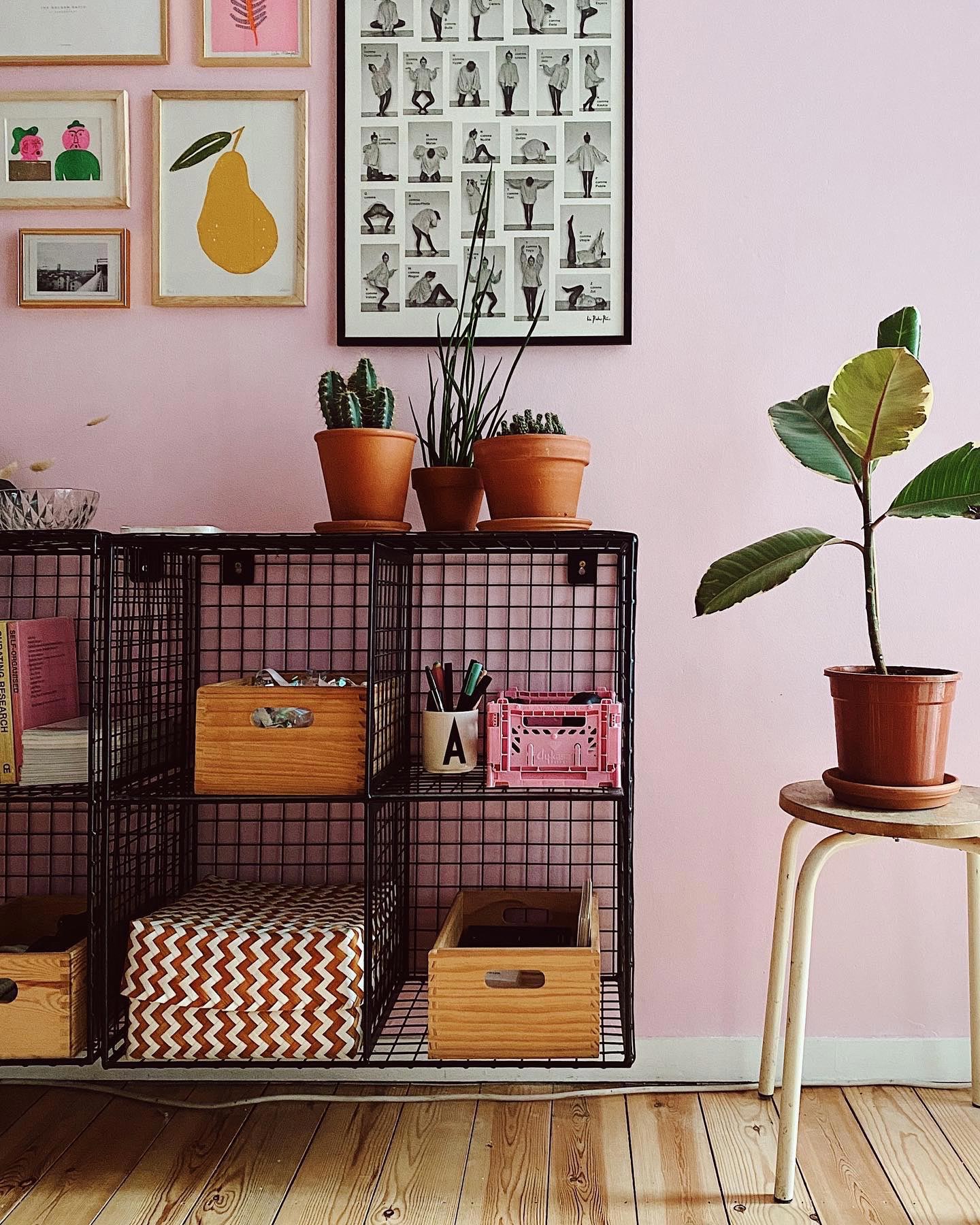
How to fake a room size
FAKING A ROOM SIZE
Sometimes rooms are just smaller than what we would like them to be. If we can't rethink the architecture of the space, there are always design tips we can adopt to foolish the eye and make the room appear bigger than what it actually is.
1. PLAY WITH LIGHT
Light influences the way we perceive a space: in most cases, a bright room where walls reflect the natural light will appear larger than a dark room of the same size. If you can’t find a structural way to get more natural light into your room – like interior windows, glass partitions and skylights – you can play with artificial lighting.
Rather than having one powerful light source at the centre of the room, prefer spreading light across the room through different lamps by using light bulbs with a lower intensity and light shades that amplify the diffusion of light. Avoid dark shades that will filter light and reduce its intensity, and choose floor lamps and wall sconces that spread light towards the ceiling rather than towards the floor.
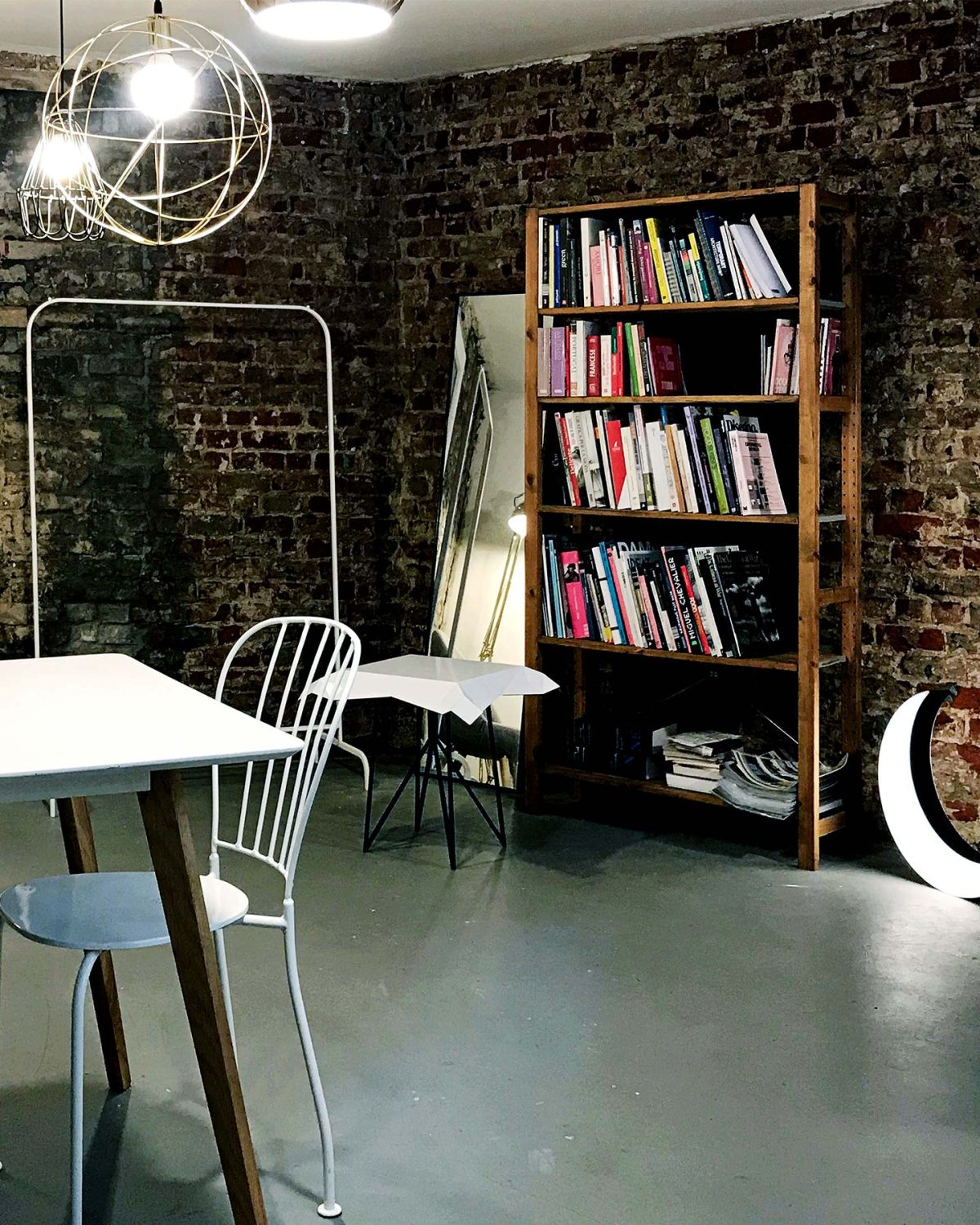
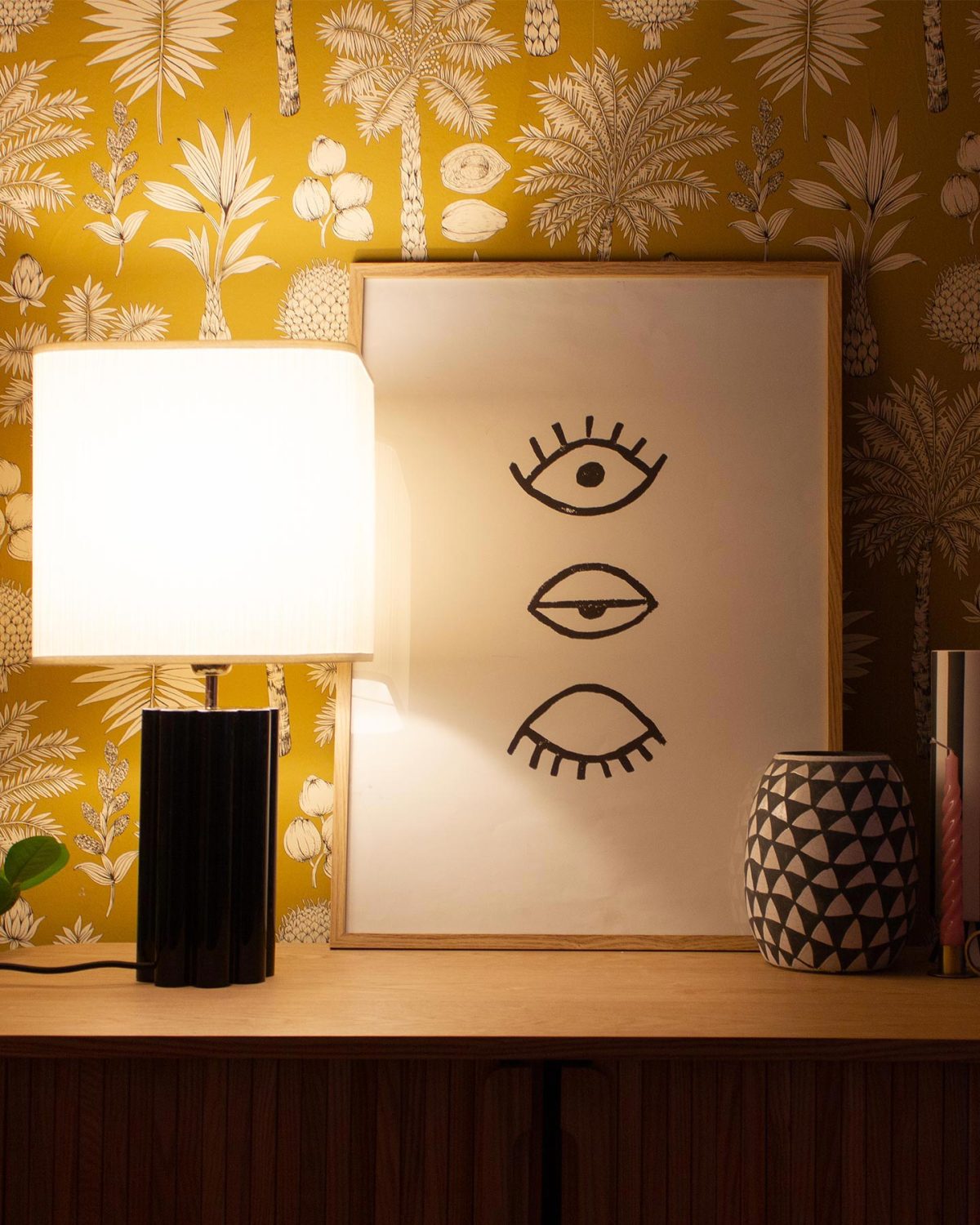
2. PLAY WITH COLOUR
Light colours reflect more light than darker shades: if you want a space to look bigger than what it actually is, you may want to pick a colour scheme based on light, bright or pale tones, and use bold and contrasting shades only as accent colours on feature pieces.
This principle doesn’t apply for tiny rooms with no or little natural light: as they will never be bright enough to foolish the eye and light tones will appear darker than what they actually are, our advice is to do exactly the opposite: paint the walls and ceiling with dark and deep colours, so to give depth to the room and fake its actual size. This is often the case for toilet rooms, bathrooms, storage rooms, one-to-one meeting rooms.
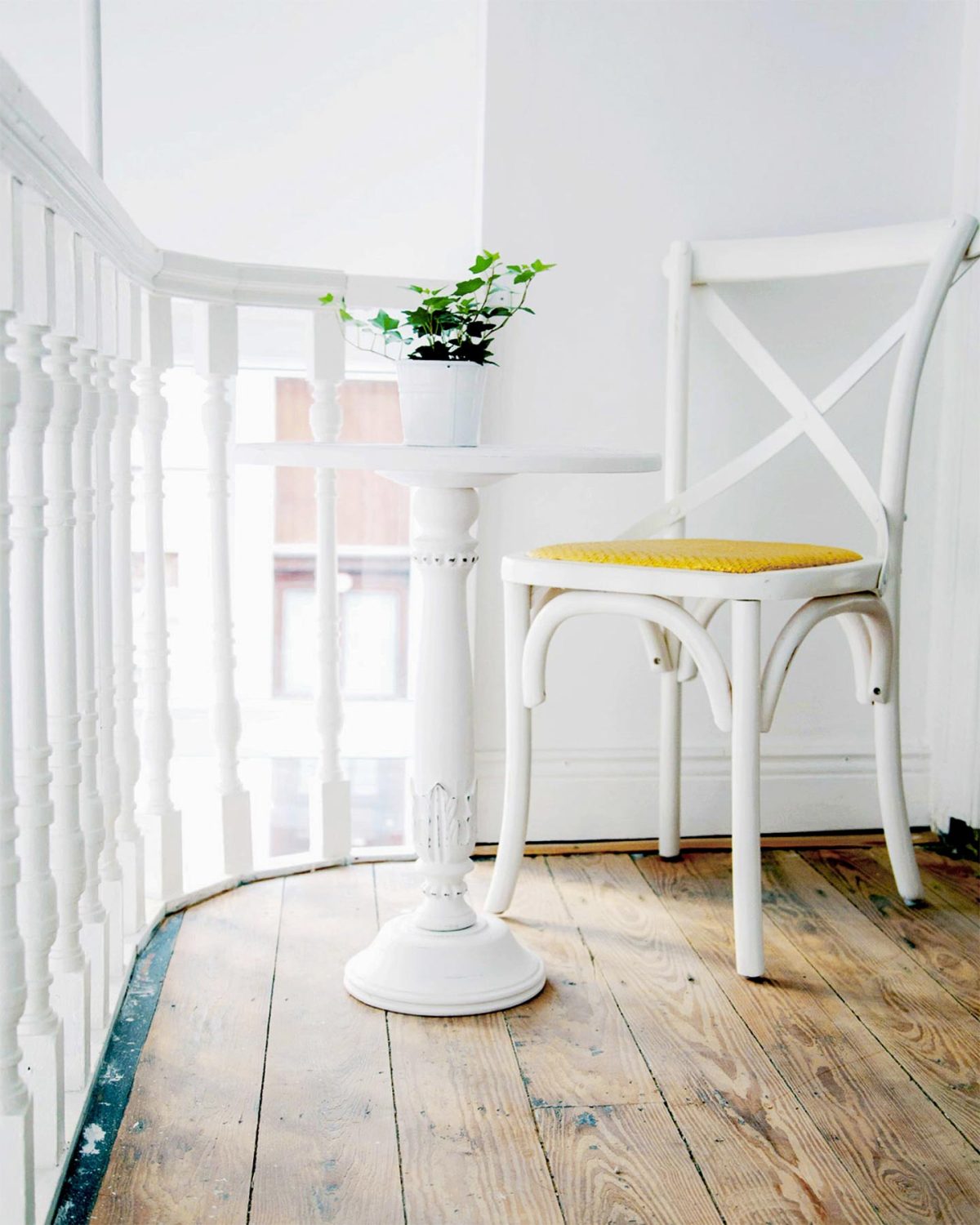
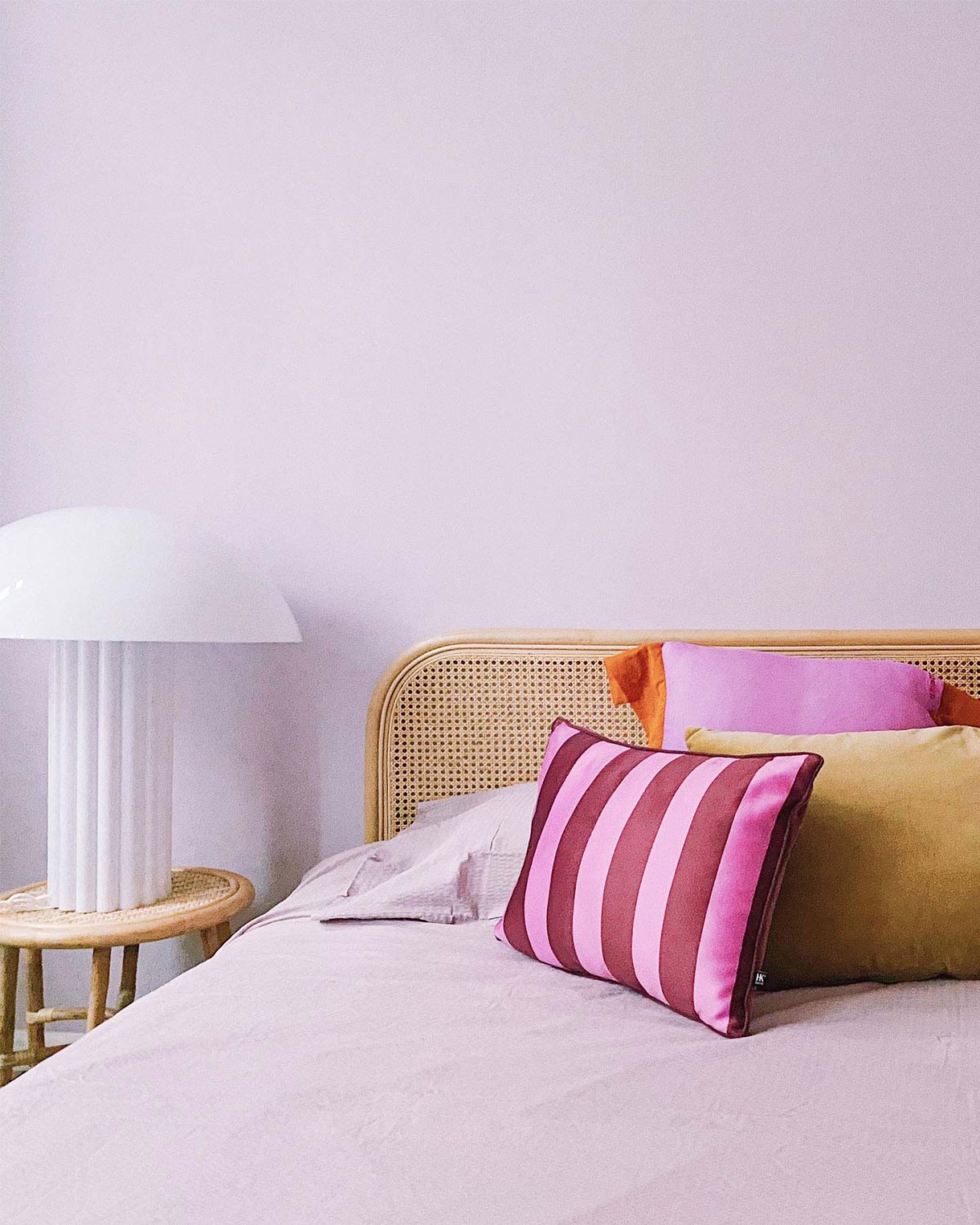
3. PLAY WITH LINES
Nothing like a line can easily lead your eye exactly where you want: you can play with lines on the floor, walls, textiles and furniture to balance proportions and add movement – being movement what you need to create a sense of openness and widen a space.
If your room is small and narrow, you can use horizontal lines on the floor, rugs or walls to make it look wider, and all across the space through horizontal furniture and accessories. To draw your eye to the ceiling and fake its height, you can add some vertical lines. Diagonal lines are also great to use, as they enhance a sense of flow and tend to open out a space.
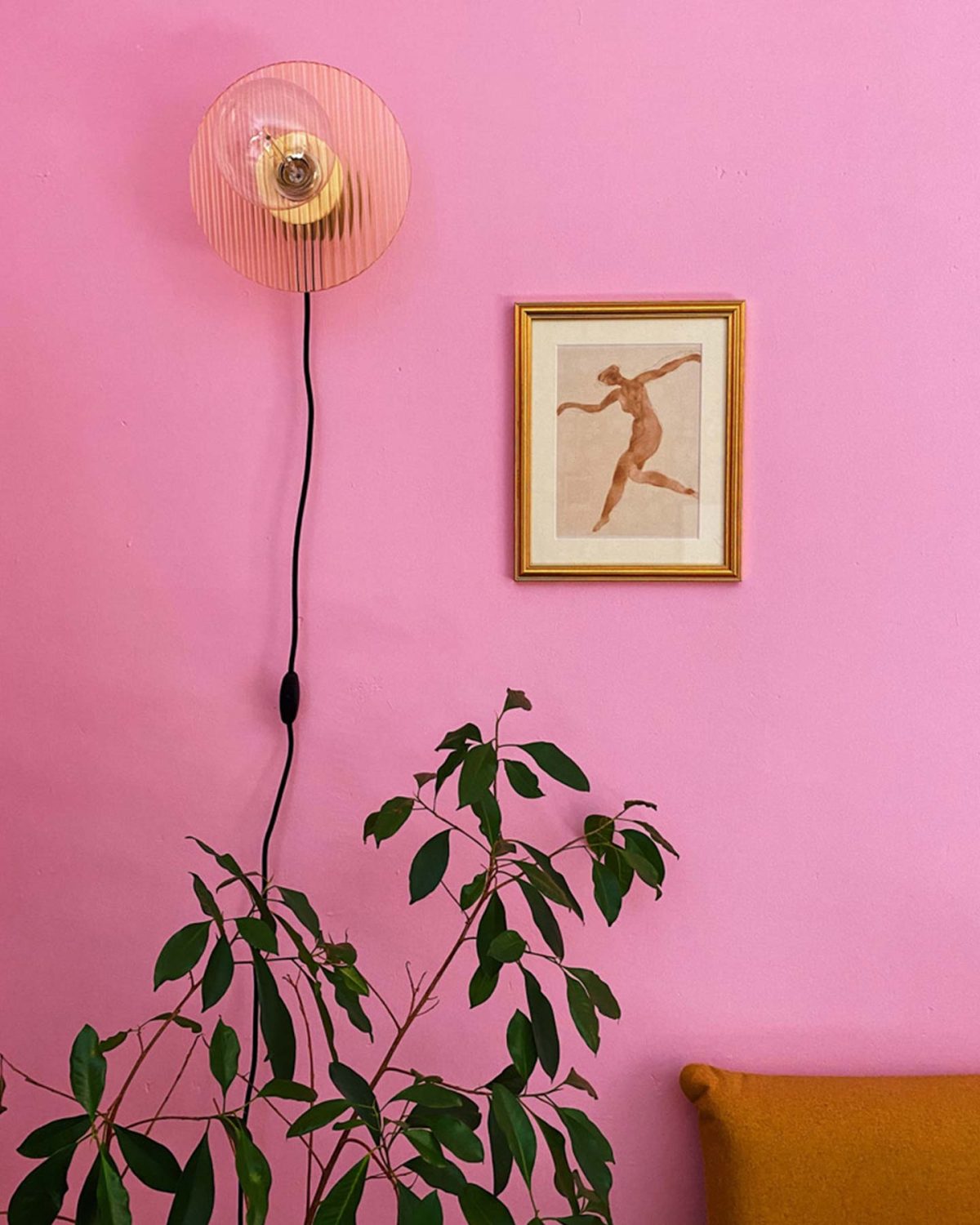
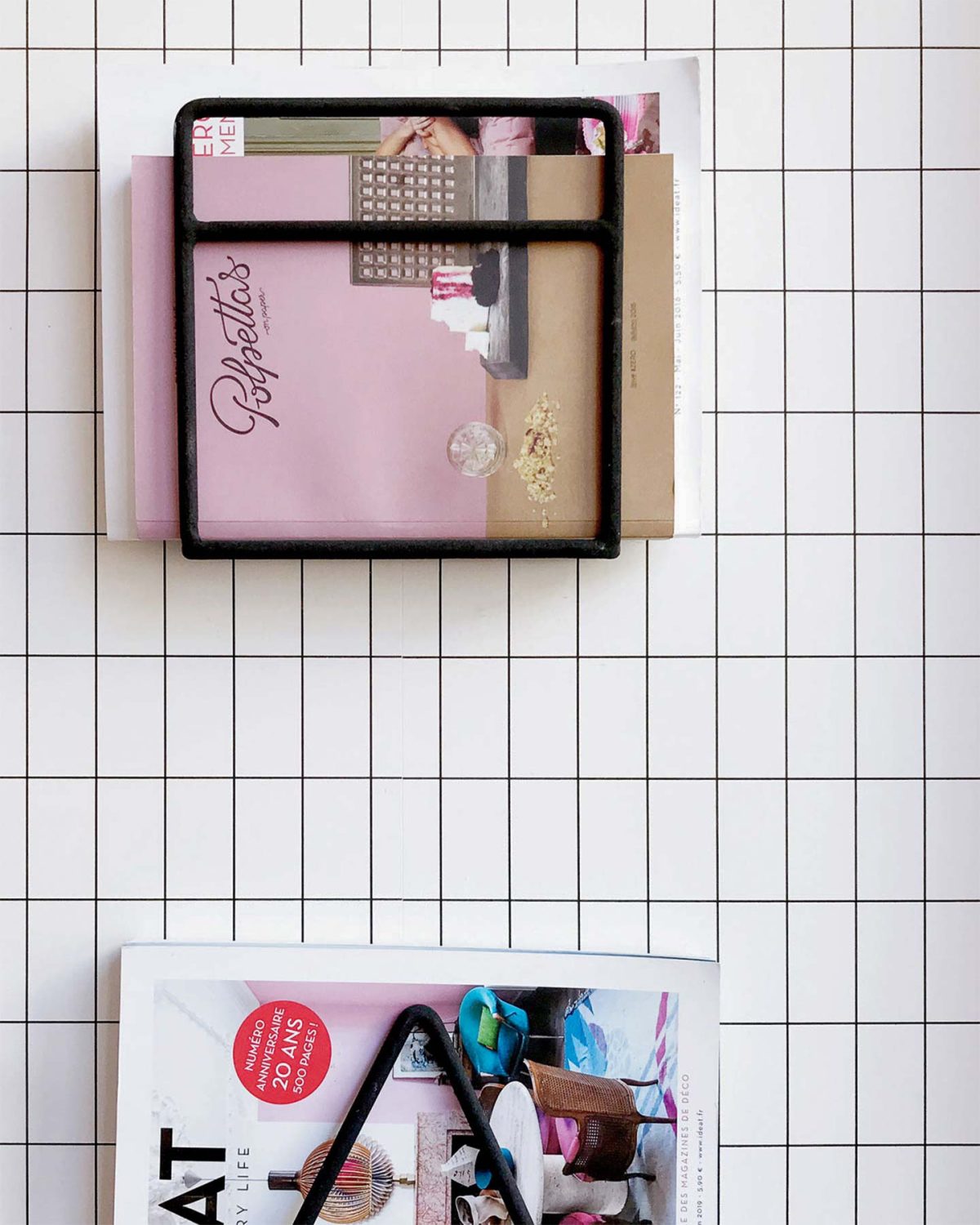
4. PLAY WITH DEPTH
For your eye, a deep room means a big one. If your room is small, you can try to include reflective surfaces, transparent pieces and floating furniture: while the first will help light shine throughout the space, the latters will allow your eye to see through them, and therefore will increase the perception of depth in the room.
Mirrors should be your best friends when designing the interior of small rooms: they will create optical illusions and fake the real size of a space, especially if you place them strategically in front of a light source to maximise their reflective effect.
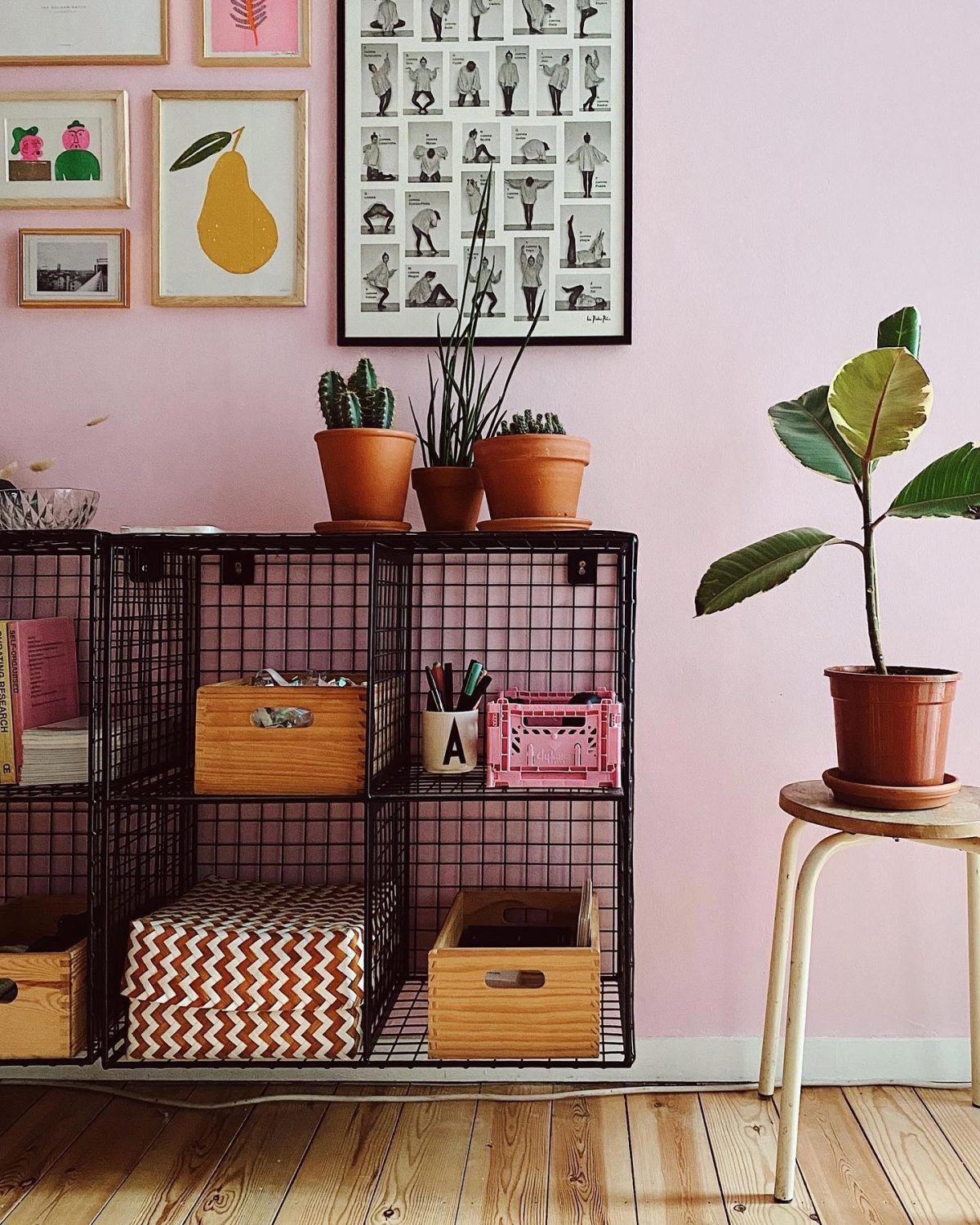
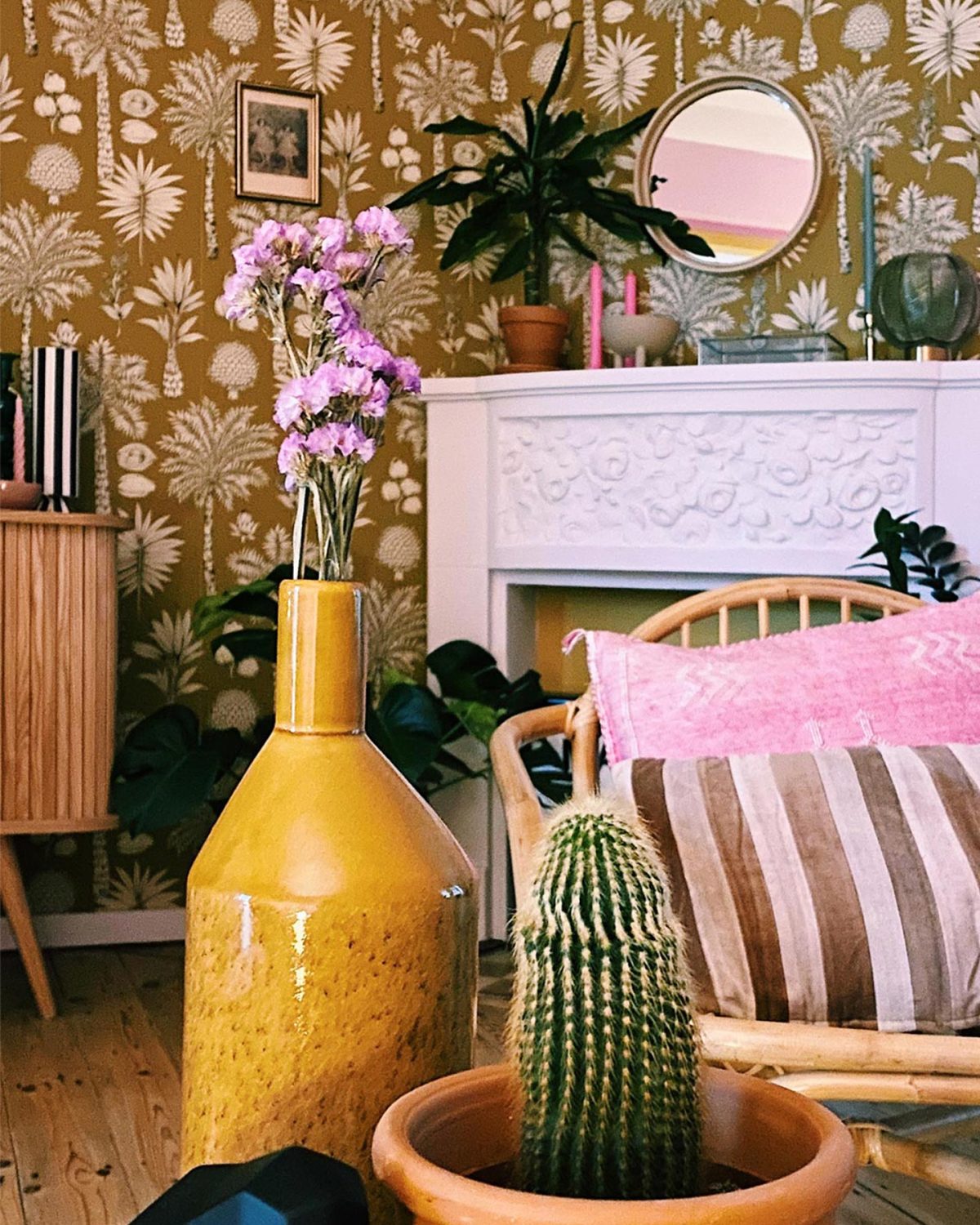
On a positive note, a small space is more likely to look cosy rather than a big one, and will need fewer pieces to get decorated. Not that bad, don’t you think?
enjoyed this article?
sign up for our newsletter!

